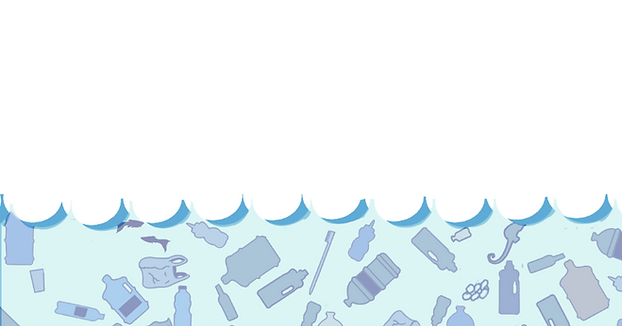
Plastic Pollution and Human Health
Anna Cummins, 5 Gyres Institute Co-Founder, discusses women's health, the need to prevent plastic pollution, a Body Burden Test that you can take to tell you how many contaminants are in your body, and a Green Plastic-Free Holiday Campaign at the greater Los Angeles chapter of the USNC for UN Women First Annual Special Assembly. Anna was honored at this event with a Golden Goody Award (aka Oscar for social good.) In this video, she discusses the importance of everyone taking action with the choices we make with our wallets. Everyone can get involved by joining the Goody Awards and 5 Gyres' Green Plastic-Free Holiday Campaign by tweeting actions taken to stop plastic pollution with #EcoGoody from now thru New Years 2013. These tweets can be great reminders to others, and help build a community. The Golden Goody Award stand was designed by fashion designer and artist Marina DeBris.
BPA Warnings
Cancer fears have grown over a chemical widely used in plastic packaging and food-can linings after new research showed that it affected the development of monkey breasts.
Various studies have linked Bisphenol A (BPA) to breast cancer - and now teams at Washington State University and Tufts University have added weight to these findings.
They found that foetal exposure to the plastic additive alters mammary gland development in primates.
This video shows cutting edge biologist, Frederick Vom Saal of the University of Missouri, connecting the dots between breast cancer cells and Bisphenol A or BPA, a killer-additive found in plastic products such as receipts, food items, clothing and plastic bottles. This film on BPA was first released in 2010.
Chemicals In Plastic
Evidence suggests that chemicals in plastics have devastating, concentration-related effects on many organisms. A review by Oehlmann et al (2009), highlights the urgent need for a more comprehensive understanding of the effects of long-term exposure to these chemicals. Oehlmann et al (2009) argue that understanding the modes of action of these chemicals and their potential for harm in marine animals, should be considered a research priority - as should identifying those species most at risk.
The chemicals found in plastics have been known to affect; larval development and sexual differentiation in snails - including the number of embyros found inside the bodies of females - super feminisation in annelids and development and reproduction problems in a variety of fish species. Many of the concentrations of chemicals used in the lab research that contributed to this review coincide with the current environmental concentrations of these chemicals. With this in mind it is essential that we keep reducing our plastic waste, and based on the effects of plastic chemicals on snails, we begin to focus our research on the population effects of chemicals from plastics on marine animals.
For more information click here.





